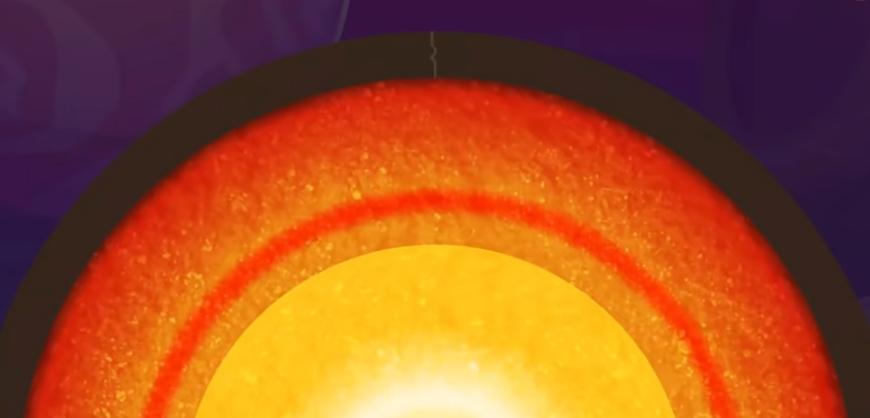Our Earth is structured sort of like an onion – it’s one layer after another.
Starting from the top down, there’s the crust, which includes the surface you walk on; then farther down, the mantle, mostly solid rock; then even deeper, the outer core, made of liquid iron; and finally, the inner core, made of solid iron, and with a radius that’s 70% the size of the Moon’s. The deeper you dive, the hotter it gets – parts of the core are as hot as the surface of the Sun.
As a professor of earth and planetary sciences, I study the insides of our world. Just as a doctor can use a technique called sonography to make pictures of the structures inside your body with ultrasound waves, scientists use a similar technique to image the Earth’s internal structures. But instead of ultrasound, geoscientists use seismic waves – sound waves produced by earthquakes.
Prince Harry says he once sent a fighter jet to blow up his dad
At the Earth’s surface, you see dirt, sand, grass and pavement, of course. Seismic vibrations reveal what’s below that: rocks, large and small. This is all part of the crust, which may go down as far as 20 miles (30 kilometers); it floats on top of the layer called the mantle.
Read more: The Conversation



































